Art School Trip To Venice
Venice lives and breathes art, much of it housed in beautiful Renaissance palazzos for art student teachers to explore with their students.
Highlights
Contemporary art in the 18th century Palazzo Grassi
Bellini and Carpaccio at Gallerie dell'Accademia
The Peggy Guggenheim Collection
Venetian History in Museo Correr
Glyn SchoolThe trip that we went on was fantastic and very well organised.
Suggested itinerary
What's included*
*Please note, entrance fees where applicable are not included in typical price – contact us for more details
Recommended excursions
The Collection is the most important museum in Italy for European and American art from the first half of the 20th century. It is located in Peggy Guggenheim’s former home, Palazzo Venier dei Leoni, and presents her personal collection of 20th century art. It ranges from cubism to abstract expressionism, enabling students to see a range of works and styles.
The former marine customs house sits at the punta, or very head, of the Grand Canal, and offers wonderful views of the Venetian basin. Like Palazzo Grassi, it is now a modern exhibition space, showing contemporary works from the collection of François Pinault, who had the interior remodelled with clean lines and polished surfaces by Tadao Ando.
This important gallery of fine art traces the development of Venetian art and artists chronologically up to the 18th century. Students can see a vast range of art inspired by the many different perspectives a single city can provide. The collection includes influential works by Bellini Carpaccio, Tintoretto, Giorgione and Canaletto.
Built between 1748 and 1772 for a Bolognese family, this palace is one of the last of the great noble residences on the Grand Canal. It was bought by businessman François Pinault in 2005 to showcase his important collection of modern and contemporary art. Its interior was remodelled by architect Tadao Ando and it contains a 600-seat outdoor theatre.
Set along the southside of St Mark’s Square, this museum exhibits fascinating art, documents, artefacts, and maps that shed light on the history and day-to-day life of Venice across the centuries. The Napoleonic Wing is decorated in a stunning neoclassical style and houses a prestigious collection of works by Venetian sculptor Antonio Canova.
This is one of the most famous churches in the world and one of the best known examples of Byzantine architecture. Located on St Mark’s Square this is a must see for anyone visiting Venice and guided tours can be arranged upon request. The Basilica, consecrated in 1094, houses the relics of St Mark and is richly decorated with mosaics. The golden altarpiece is a masterpiece dating from the 10th century.
The pink and white marble Doge’s Palace in St Mark’s Place is an audacious expression of Venetian prosperity and power. It has façades that were designed by Giovanni and Bartolomeo Buon which date from 1309 to 1424. The palace, which was started in the 9th century was rebuilt several times and completed in the Renaissance period.
The Ca d’Oro is one of the most famous civilian buildings of Venice. The gallery houses a wonderful art collection, from the Venetian, Tuscan and Flemish schools of artistic talent. There is also a collection of bronzes, Renaissance sculptures and an interesting ceramic collection.
Tip: The ‘Golden House’ was named due to the gilt and polychrome decorations that once adorned its walls.
The Grand Canal is an ancient waterway that is the main route through Venice. It is lined with magnificent buildings that were built from the 13th to the 18th centuries by wealthy Venetian families. The best way to view these is to travel by vaporetto(water bus) – the no.1 and no.2 both travel from end to end – or you can take a water taxi or gondola.
Learn about the ancient craft of Venetian mask-making as you are taken through the detailed processes of design, clay moulding and material application. This is a fascinating opportunity to learn about one of the city’s famous traditions and the history behind the masks.
Tip: Use your creativity to create your own bright Venetian mask.
The Ca’Rezzonico is a museum dedicated to exploring Venice in the 18th century. The magnificent Palazzo housing the museum was designed by the great Baroque architect Baldassare Longhena and later completed by Giorgio Massari. The museum includes works by Tintoretto, Bonifacio de Pitati and Canaletto together with frescoes by Tiepolo and a collection of 18th century furniture.
This modern museum was originally intended to display avant-garde works of art by Italian artists. The museum now contains works from an international group including: Ciardi, Favretto, Ernst, Calder and Kandinsky. The fresco ceiling decorations, masks, sculptures and statues mean that art is everywhere.
The Basilica of Santa Maria del Fiore’s incredible neo-gothic façade is something to behold. Inside are impressive tombs, frescoes and paintings. The Baptistery, a romanesque minor basilica, is one of the oldest buildings in Florence. The external imagery, particularly on the 3 bronze doors, is incredibly intricate.
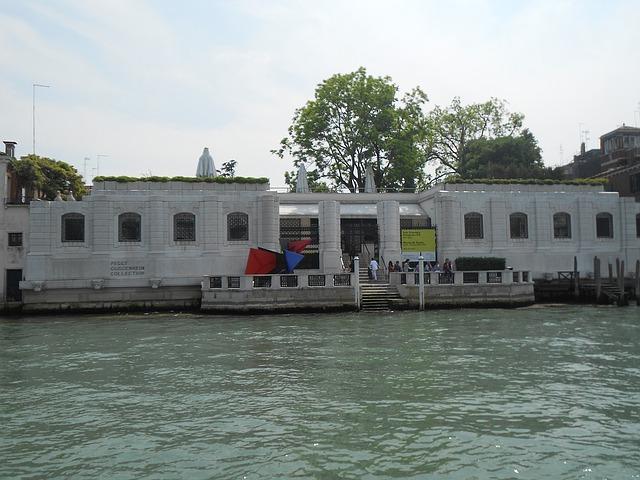
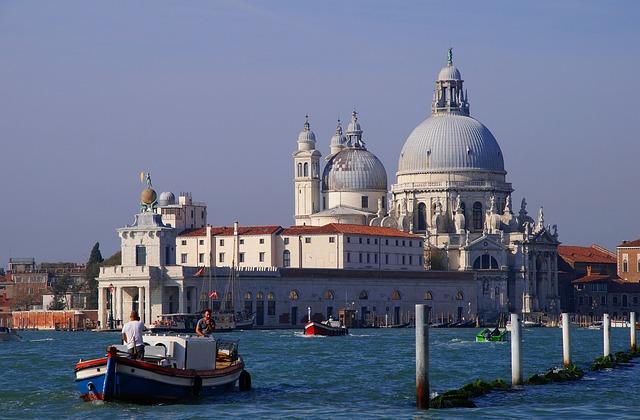
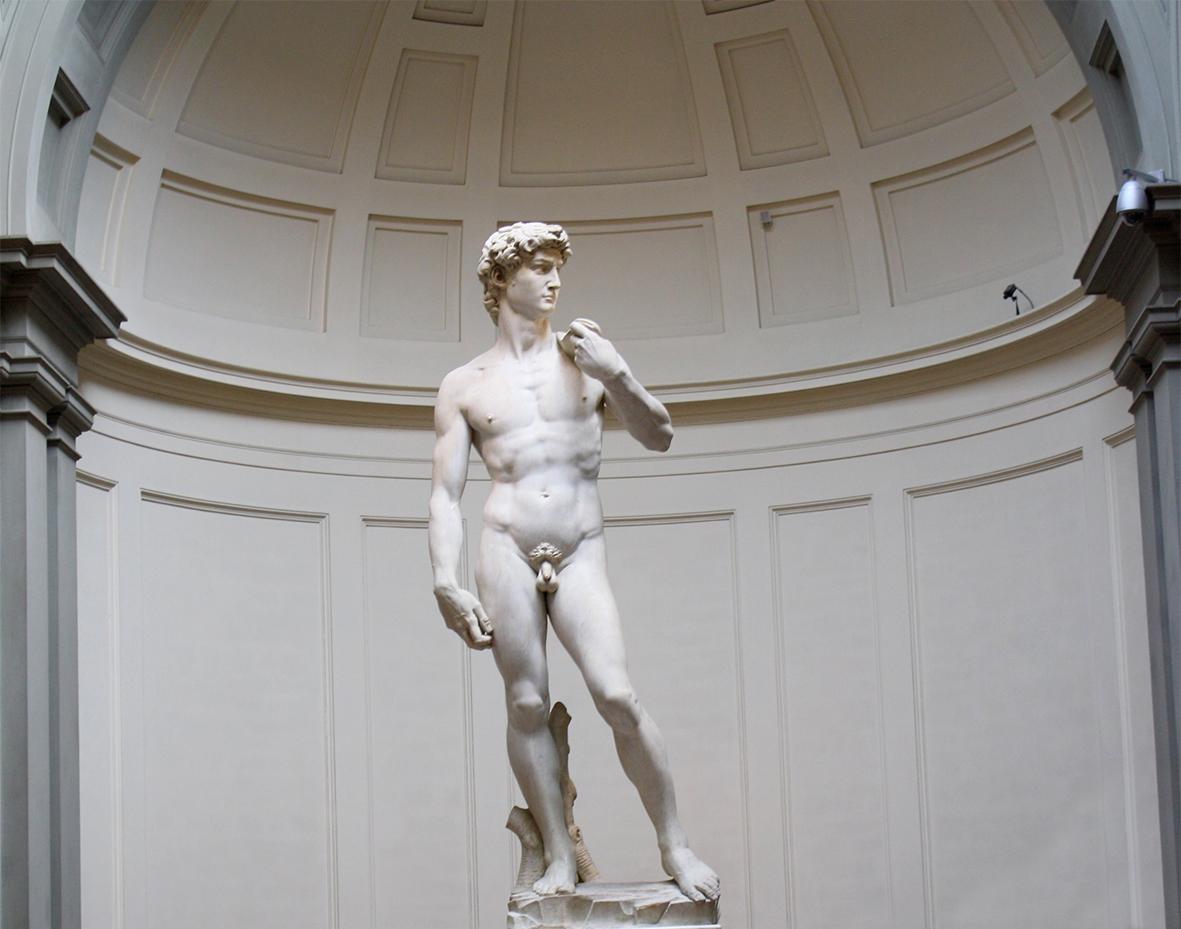
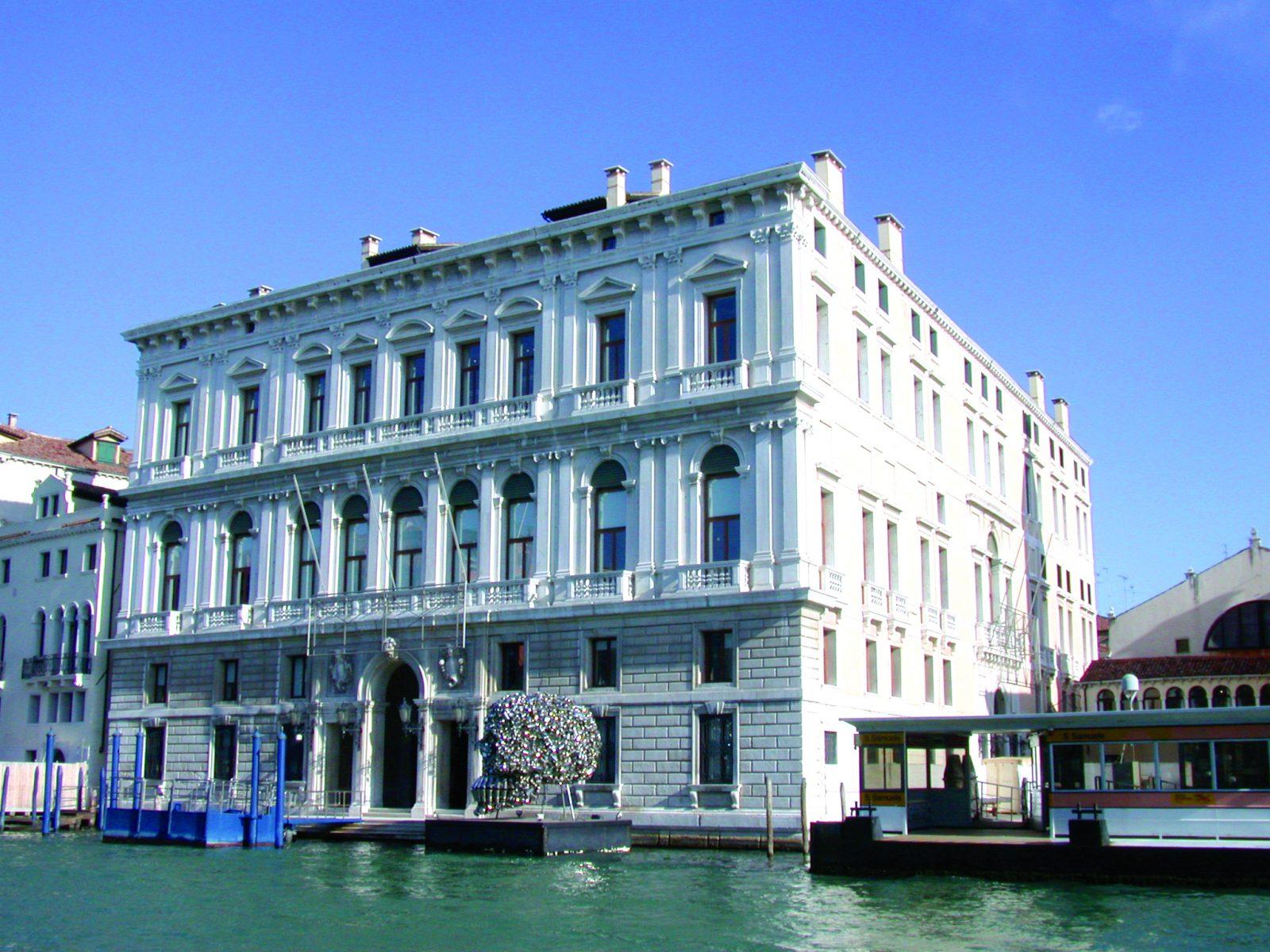
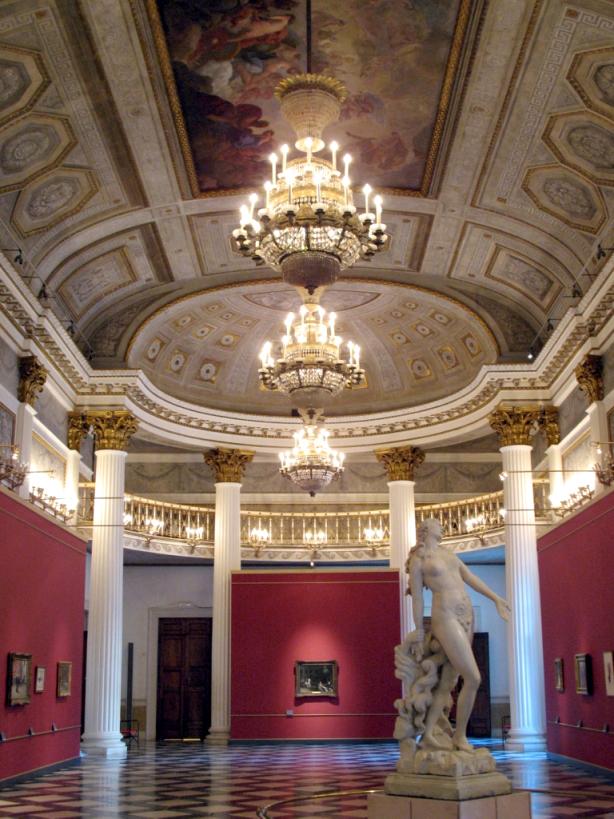
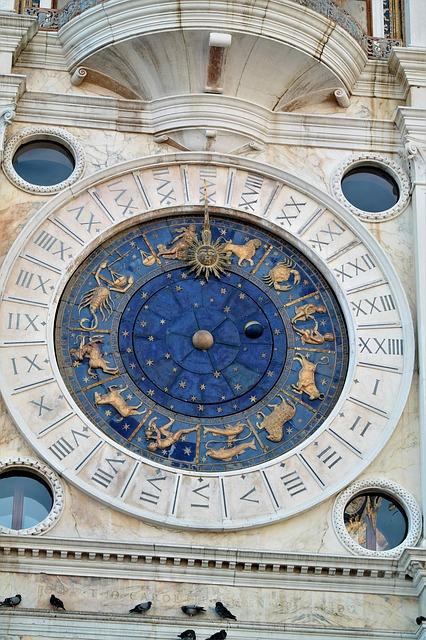
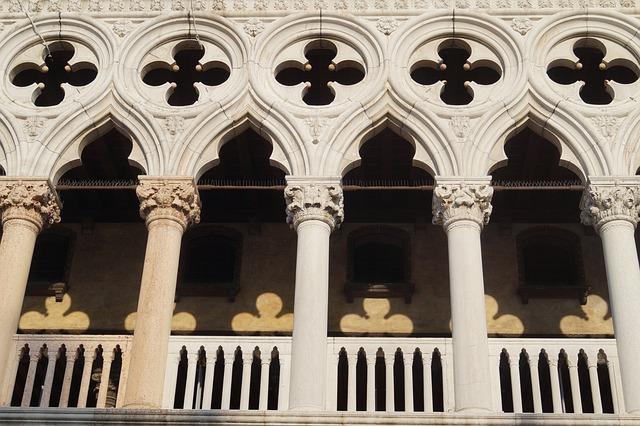
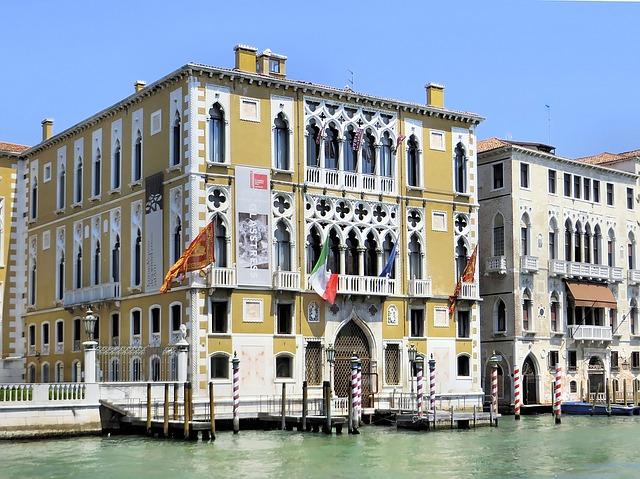
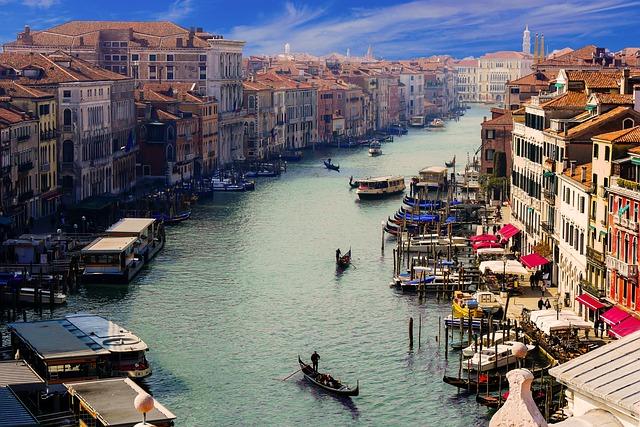
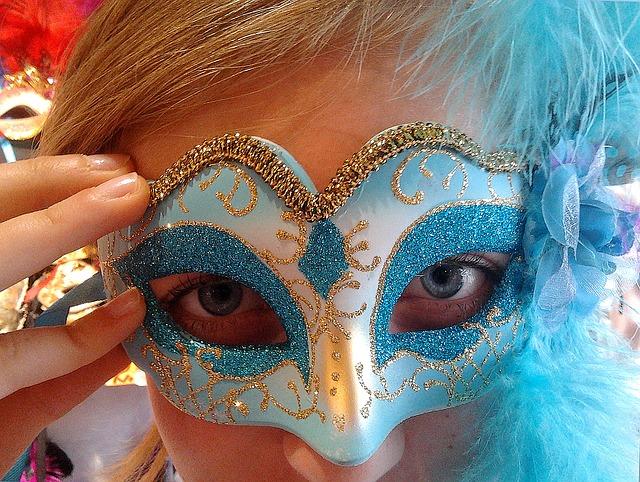

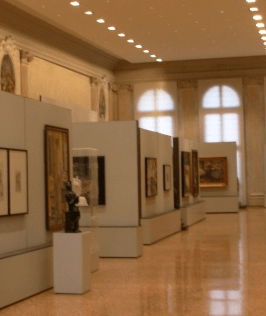
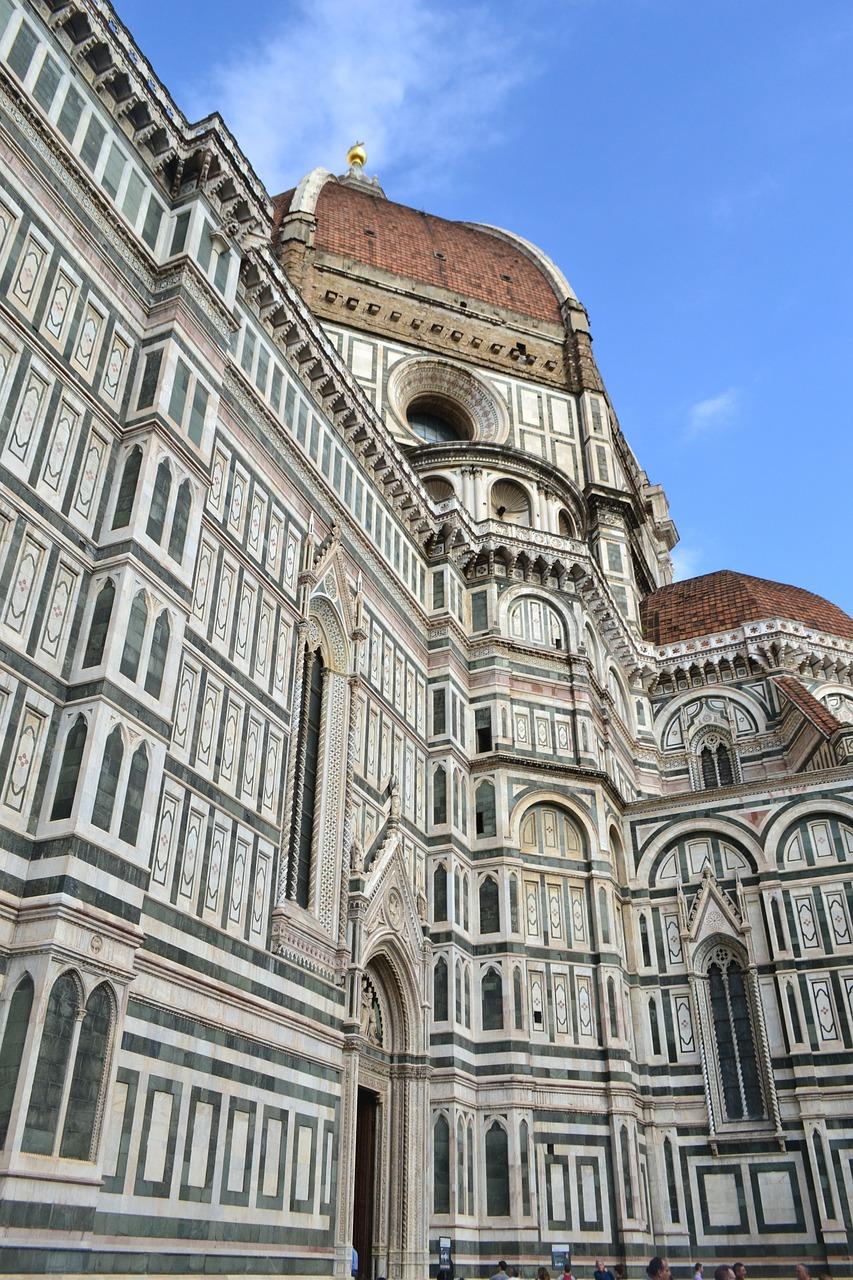
Typical accommodation
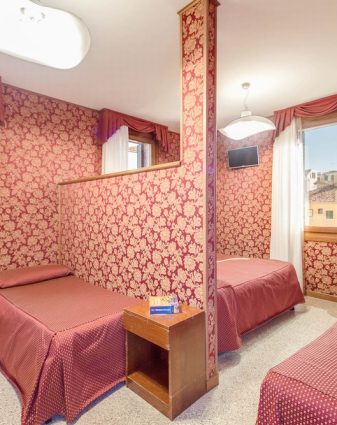
What groups like:
Facilities:
Learning outcomes
Subject focus
Students can:
- See a wide range of art in some of the most important art museums in the world
- Learn about the city that has provided the context for so much inspirational artwork throughout history
- Find inspiration for their own work
- Explore and evaluate how issues such as presentation were addressed in some famous works
Student outcomes
Students will have had an opportunity to:
- View a wide range of inspiring presentations and media
- Develop an understanding of the inspirations and techniques behind the works
- Encounter a range of influences to inform their own work



